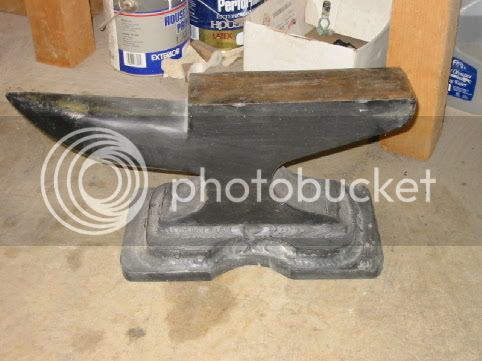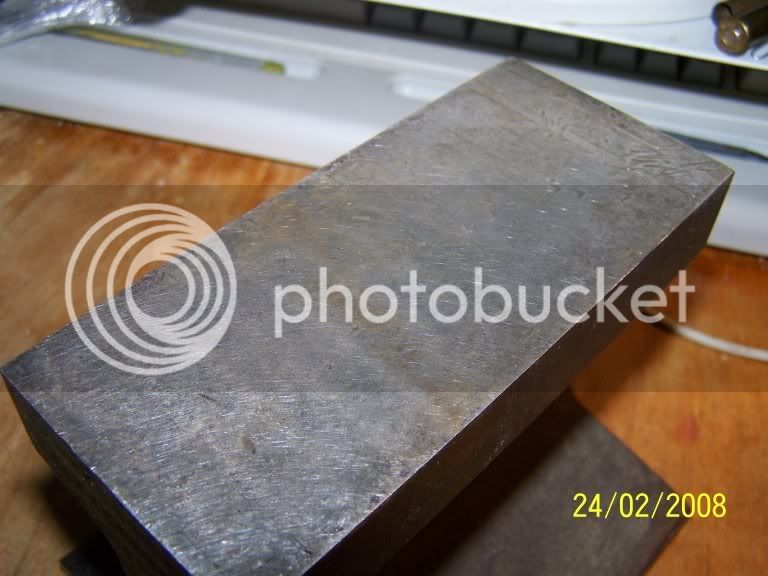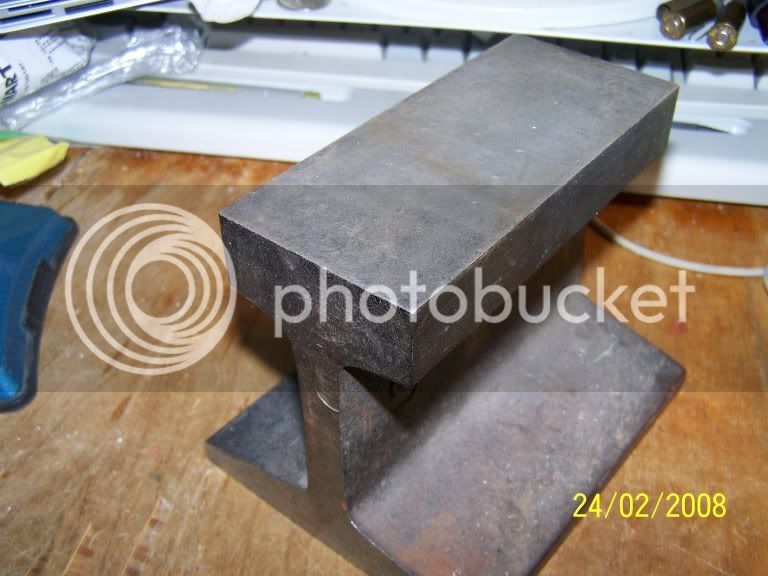Desert Rat:
I can't recommend Tim Lively's video highly enough. You can get it at http://www.livelyknives.com/.
I have a washtub forge I power with an old hand-cranked Champion blower and charcoal from burn piles, etc. It's far more forgiving and "tribal" than coal. There's some great bladesmithing that goes on in your neck of the woods. Do a search for Tai Goo.
I can't recommend Tim Lively's video highly enough. You can get it at http://www.livelyknives.com/.
I have a washtub forge I power with an old hand-cranked Champion blower and charcoal from burn piles, etc. It's far more forgiving and "tribal" than coal. There's some great bladesmithing that goes on in your neck of the woods. Do a search for Tai Goo.
Last edited by a moderator:







